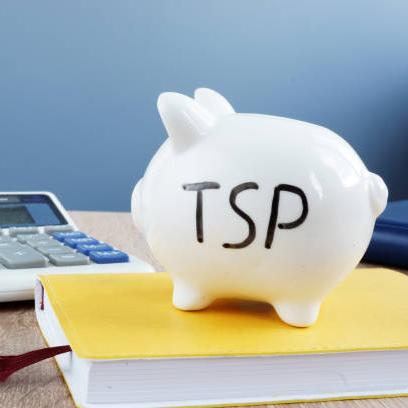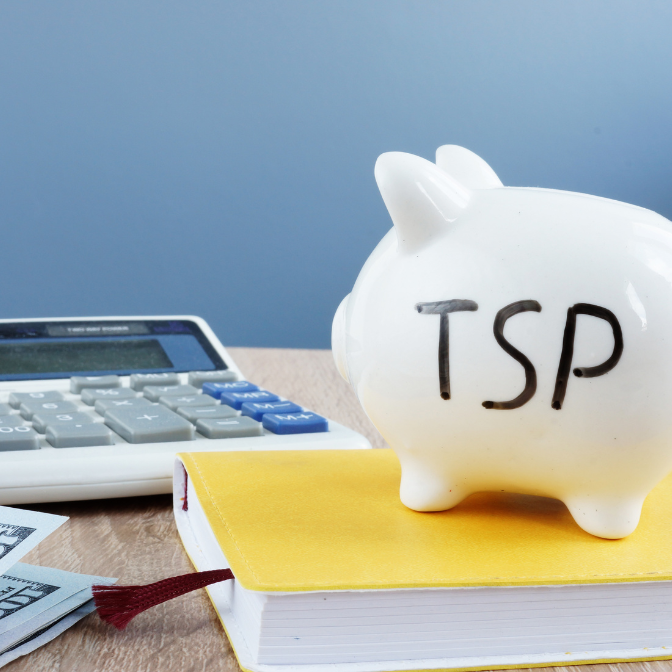Election for TSP Contributions: What’s in a Name?

What’s in a name? Juliet Capulet asks in Act 2, Scene 2 of William Shakespeare’s play Romeo and Juliet. What we call a rose would still smell as good as any other name. Act 1 of the TSP’s newest comedy, The Latest TSP Changes, reportedly featured the same query.
A “contribution allotment” is what? It will still define how you wish to invest additional money in your Thrift Savings Plan (TSP) account, even if we refer to it as an “investment election.” In certain TSP literature, this activity is sometimes referred to as a “contribution election” by the TSP, which sounds like a hybrid of a contribution allocation and an investment election.
An “interfund transfer” is what? It will still state what you wish to do with the money now invested in your TSP, whether we refer to it as a “reallocation” or a “fund transfer.”
A common question is: what distinguishes a fund transfer from a reallocation? Summary of the TSP, a brochure from the TSP, states that a reallocation is the transfer of funds from one TSP investment fund to another.
A fund transfer takes money from one or more specified funds to another specific fund(s) without affecting the remainder of your account. They certainly sound similar to me, but the TSP seems to recognize enough distinction to call for the adoption of two new names. When reallocation and fund transfer are both appropriate concepts, why use only one term (interfund transfer)?
Despite the new name(s), the same restrictions that once applied to inter-fund transfers still apply to reallocations and fund transfers. You can only use reallocations or fund transfers to shift money into the G Fund for the remaining month after your first two fund transfers or reallocations each month.
You should get a copy of the Summary of the TSP if you want to comprehend how the TSP now functions with the latest amendments. It was updated in May 2022, and the mutual fund window and other TSP adjustments are covered.
Other changes to the Thrift Savings Plan include the following;
Secure Account Access
- Participants can now access a Secure Participant Mailbox to receive account-specific notifications such as documents, transaction confirmations, and statements in place of the previous Secure Message Center.
- Setting up new login information for the My Account function to receive messages in the Secure Participant Mailbox is a one-time activity.
- Users can personalize the My Account dashboard and forecast their retirement income using the Retirement Income Modeler feature.
Superior, individualized participant support
- AVA, a brand-new Thrift Savings Plan virtual assistant, can respond to general inquiries.
- The updated My Account interface shares many features with the TSP mobile app. Users can interact with AVA, request fund reallocations and transfers, check their TSP balance, and monitor fund performance.
- Specialized agents are available when transferring money from an IRA or another suitable retirement plan.
New Options for Investment
- The term contribution allocation has been replaced with investment election. It outlines the preferred method for participants to add fresh funds to their TSP accounts, which can only be done in whole percentages.
- Interfund transfer has a new name: fund reallocation. The entire balance of the participant is redistributed with fresh percentages of the TSP money existing in their account, again in whole percentages.
- Using the new fund transfer function, participants can transfer money from one or even more TSP funds to other accounts without impacting the balance of their account or their ability to access or exit the new Mutual Fund Window.
- Participants in the TSP have access to thousands of mutual fund options through the Mutual Fund Window (MFW). There are fees involved, including a $55 yearly administrative fee, a $95 annual maintenance fee, and a $28.75 per trade fee. They are not permitted to invest more than 25 percent of their TSP balance in the MFW at any given time.
Changes in Money-Out (Withdrawal)
- Participants can now have two loans open at once, either two general-purpose loans or a loan for their primary house. The TSP loan processing charge for a primary residence has increased to $100.
- A TSP participant with two TSP accounts-one through a civilian job, the other through military service—could have two loans in total for those accounts.
- Participants who have been separated may keep any outstanding loans. However, they are required to start making payments by the TSP’s deadline. If no payments are made after 90 days, the loan will go into foreclosure.
- Older members have the option to pre-authorize and receive the required minimum dividends via automated direct deposit.
Changes to Beneficiary Designation
- The TSP-3 form is no longer available. Instead, plan participants can use My Account to submit beneficiary data online.
- A contingent beneficiary cannot get any funds from an account unless all primary beneficiaries have passed away.
Contact Information:
Email: [email protected]
Phone: 9568933225
Bio:
Rick Viader is a Federal Retirement Consultant that uses proven strategies to help federal employees achieve their financial goals and make sure they receive all the benefits they worked so hard to achieve.
In helping federal employees, Rick has seen the need to offer retirement plan coaching where Human Resources departments either could not or were not able to assist. For almost 14 years, Rick has specialized in using federal government benefits and retirement systems to maximize retirement incomes.
His goals are to guide federal employees to achieve their financial goals while maximizing their retirement incomes.
Popular posts

Federal Retirement Savings: Unveiling...
Federal Retirement Savings: Unveiling...

3 Reasons to Claim...
Seniors are frequently admonished...
Free Retirement Benefits Analysis
Federal Retirement benefits are complex. Not having all of the right answers can cost you thousands of dollars a year in lost retirement income. Don’t risk going it alone. Request your complimentary benefit analysis today. Get more from your benefits.
I want more



